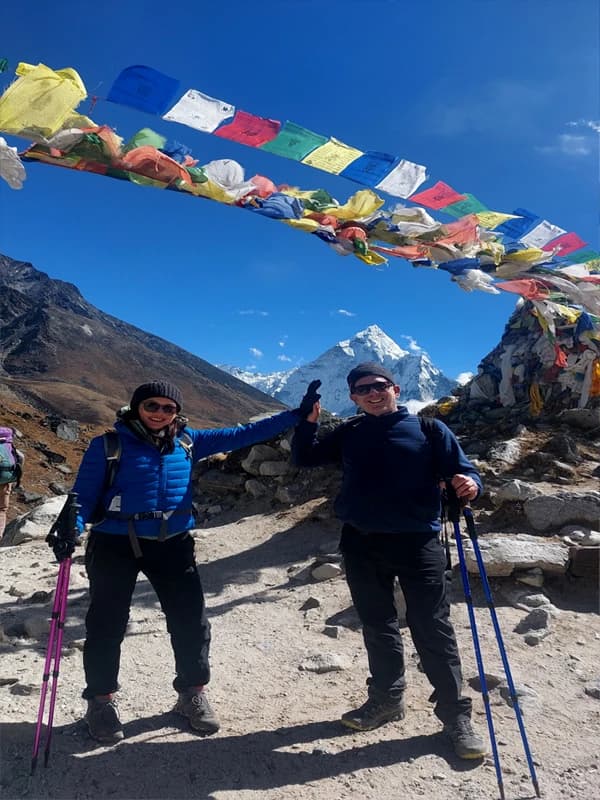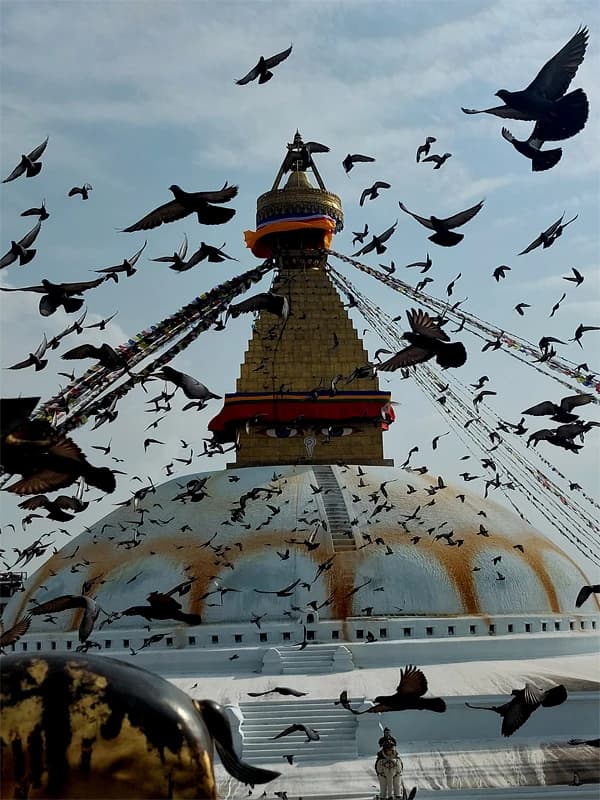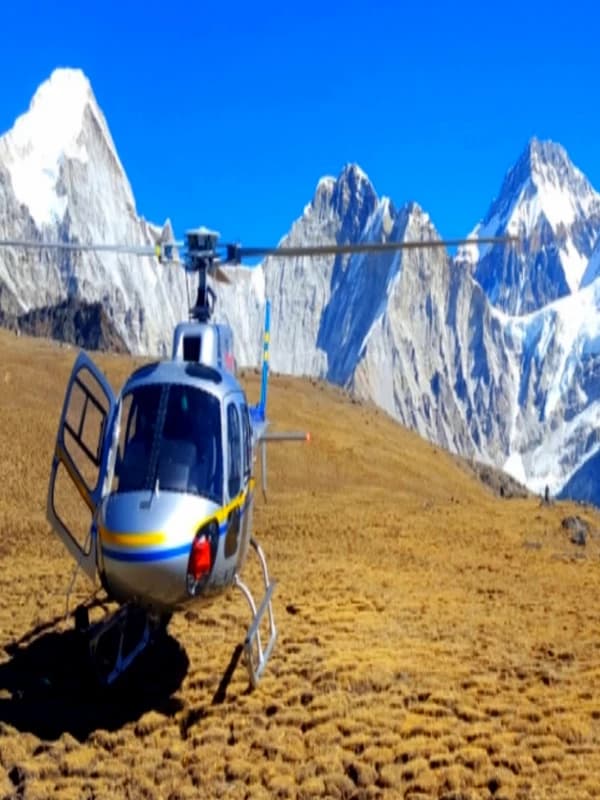Nepal is positioned in Southeast Asia between two gigantic countries in terms of population and area i.e. China and India. Nepal is relatively a small country with a total area of 1, 47,181 Sq. km. Nonetheless, the breathtaking and scenic beauty doesn’t rely on size but is determined by the location of the nation. Being the land of the mighty Himalayas, Nepal is the homeland of eight out of the ten highest mountains on the entire planet including Mt. Everest, the world’s highest mountaintop. In addition, Nepal contains numerous climbing peaks with altitudes ranging between 5,000m to 7,000m, which together with the formidable Himalayan range render an ultimate destination to explore for mountain climbers, rock climbers, and travel enthusiasts. As the 2nd richest country in freshwater; Nepal possesses abundant water bodies, from the ferocious river Trishuli to the immense and graceful Rara Lake.
Due to diverse climatic and topographic conditions, Nepal is blessed with a maximum diversity of flora and fauna. Although the nation covers about 0.1% area of the planet, it harbors 3.2% and 1.1% of the world’s studied flora and fauna, respectively. This includes species of plants, mammals, birds, and herpetofauna that are endemic to Nepal or widely distributed throughout the planet. The richness of endemic species increases steadily from low to high elevations. The country renders haven to multiple endangered species of plant and animals such as the Royal Bengal Tiger, One-horned Rhino, Musk deer, red panda, etc. within its national park and other protected areas.
Not only naturally, Nepal is also culturally rich. At present Nepal is the land where the traditions meet with modern technologies but still, ethnic cultures and heritages that have been passed down from generations; are being preserved by the inhabitants through continuous efforts. Nepal is home to 4 UNESCO World Heritage sites. One is the Kathmandu Valley which comprises seven groups of structures and monuments that comprehensively illustrate its artistic and historical accomplishments. These architecturally and culturally rich sites are sacred shrines of Pashupatinath, Swayambhunath Boudhanath, and Changunarayan; next to the durbar squares in the cities of Kathmandu, Bhaktapur and Lalitpur within its vicinity. Sagarmatha National Park and Chitwan National Park are other two UNESCO Natural World Heritage Sites that are listed in the natural category. Because of its rich culture, natural beauty, and religious diversity; Nepal has a lot of potential in the tourism and hospitality sector, which is one of the largest sources of revenue in the country.





